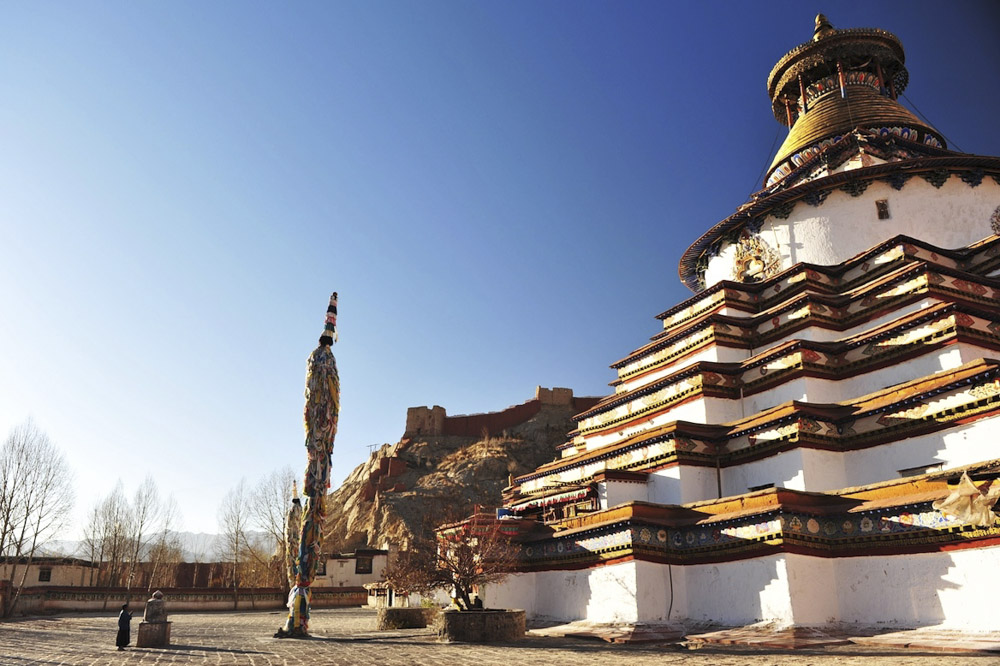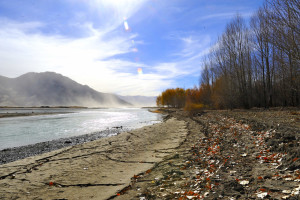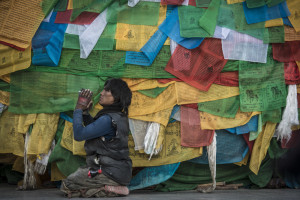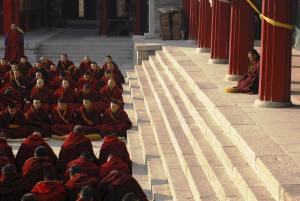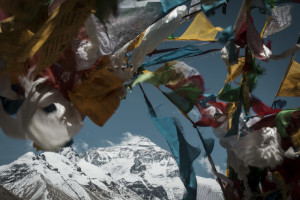Whether you’re on the fringes of the Tibetan world in Yunnan or Sichuan,
travelling amongst Qinghai’s yak herders or heading for Tibet’s “big city”, Lhasa, make sure that you leave time for the following, our top ten Tibetan experiences…
Everywhere you go in Tibet, you’ll see people respectfully circling chörten, monasteries and anything holy. Believers in Tibet’s native religion, Bön, walk anticlockwise, but Tibetan Buddhists (that is, most Tibetans) walk clockwise around each kora or prayer circuit. Join the whirl of pilgrims and passers-by and make a few kora yourself.
The holiest places will be circled an auspicious 108 times, with the most devout pilgrims prostrating themselves around each circuit, one body length after another. One of Tibet’s most challenging kora is around Mount Kailash. At 55 kilometres (33 miles) long, it reaches elevations of up to 5,600 metres (18,500ft) – survive 108 circuits of this and you’ll be a candidate for instant enlightenment! (No, seriously.)
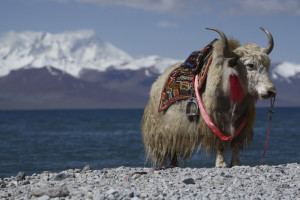 7. Make friends with a yak
7. Make friends with a yak
Without the yak the Tibetan Plateau could never have been populated – its dung provides fuel on the largely treeless plateau, its pelt provides leather and wool for clothes and tents, and its milk, butter and meat provide life-sustaining calories in the harsh environment of the highlands. Yaks can be ridden, raced and can pull a plough, and hold a special place in the Tibetan heart. Make friends with one on your travels, if only to run your fingers through their thick, soft fur…
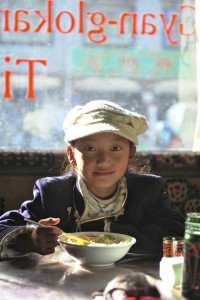 8. Make a meal of momos
8. Make a meal of momos
Tibetan food is unfussy, tasty and hearty, and enjoys some wonderful names. Yak meat momos (dumplings) are eaten for breakfast or lunch, as is thukpa, a warming noodle soup. Meat-lovers will enjoy shaptrak, stir-fried beef, while vegetarians can eat shamey gongthuk (vegetable egg noodles). On a special occasion, you might be served bulug (pastries) or dresil (sweet rice studded with fruit and nuts). All of which makes a Tibetan meal a pleasure to order as well as to eat! Fancy trying it at home? We like this great Tibetan food site
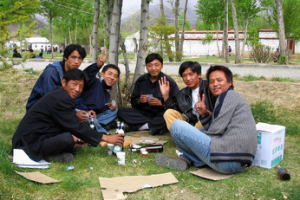 9. Stop for a picnic
9. Stop for a picnic
Perhaps in a nod to the Tibetans’ nomadic roots, perhaps just because it’s a great way to enjoy the outdoors, picnics are popular on the Roof of the World. Follow the Tibetans’ example, pack some momos and a thermos of butter tea (or some bread and cheese, if preferred), and head for the grasslands with a picnic rug.
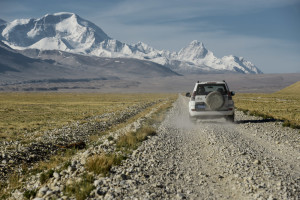 10. Enjoy the open (plateau) road
10. Enjoy the open (plateau) road
Whether perfectly paved, gravel or barely-there, Tibet’s roads are mostly magnificent. From hair-raising mountain routes to the region’s epic national highways, there’s something about driving under wide blue skies towards a distant horizon that lifts the spirits and relieves even the worst case of wanderlust…
Our journeys in the “Land of Snows”…
ROADS ON THE ROOF OF THE WORLD
10-day journey
Lhasa – Gyantse – Shigatse – Mount Everest – Shigatse – Lake Nam-tso – Lhasa
⦁ Explore old Lhasa, visit the Potala Palace Tibet’s holiest temple, the Jokhang
⦁ Visit the old towns of Gyantse and Shigatse
⦁ Drive along Lake Yamdrok and Lake Namtso, Tibet’s most beautiful lakes
⦁ Enjoy unforgettable views of the Himalayas and drive right to Mt. Everest Base Camp
View our Journey Dossier here
TIBET THROUGH A LENS: LHASA TO MOUNT EVEREST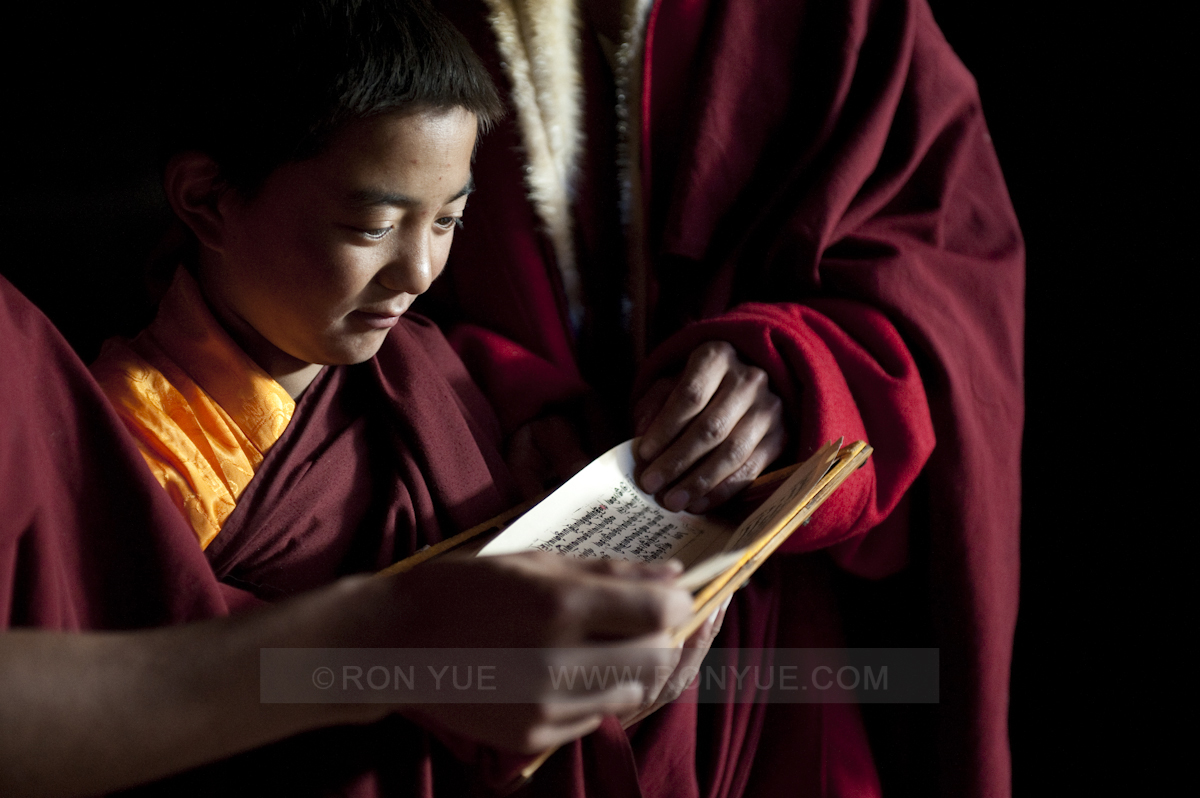
12-day photography journey
Lhasa – Gyantse – Shigatse – Mount Everest – Shigatse – Lake Nam-tso – Lhasa
⦁ Lhasa, Mt. Everest, holy lakes, adventure, blue skies, snow-capped mountains, red-robed monks, the Jokhang, the Potala, open roads…the journey of a lifetime!
⦁ Find a new appreciation of the beauty around you with professional photographer, Ron Yue, and return home with photographs as wonderful as your memories (and newfound skills!)
View our Journey Dossier here
LANDS OF SILK AND SNOW: LUANG PRABANG TO LHASA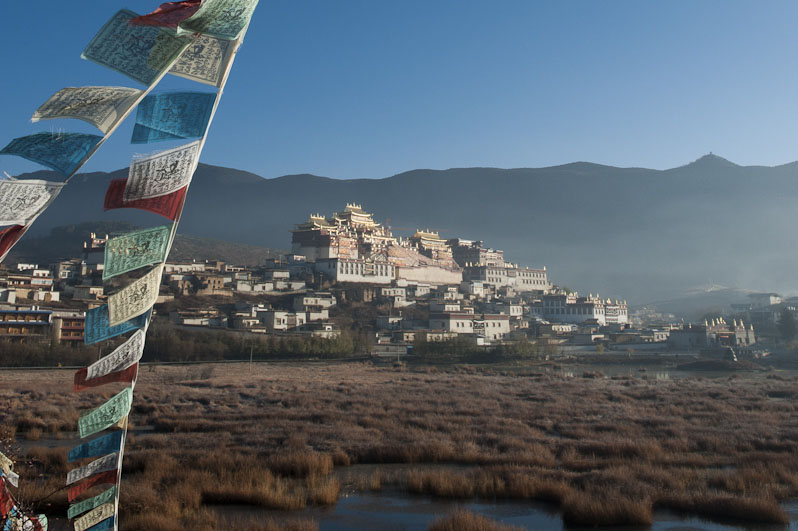
Luang Prabang – Muang Xai – Menglun – Lake Dianchi – Xizhou – Lijiang – Shangri-La – Deqin – Markham – Zogang – Rawok – Pomi – Bami – Lhasa
⦁ Drive from charming Luang Prabang to Lhasa in Tibet…
⦁ Highlights include: Luang Prabang, Xishuangbanna, Meili Snow Mountain, Ranwu Lake, Lhasa and much more in between
View our Journey Dossier here
